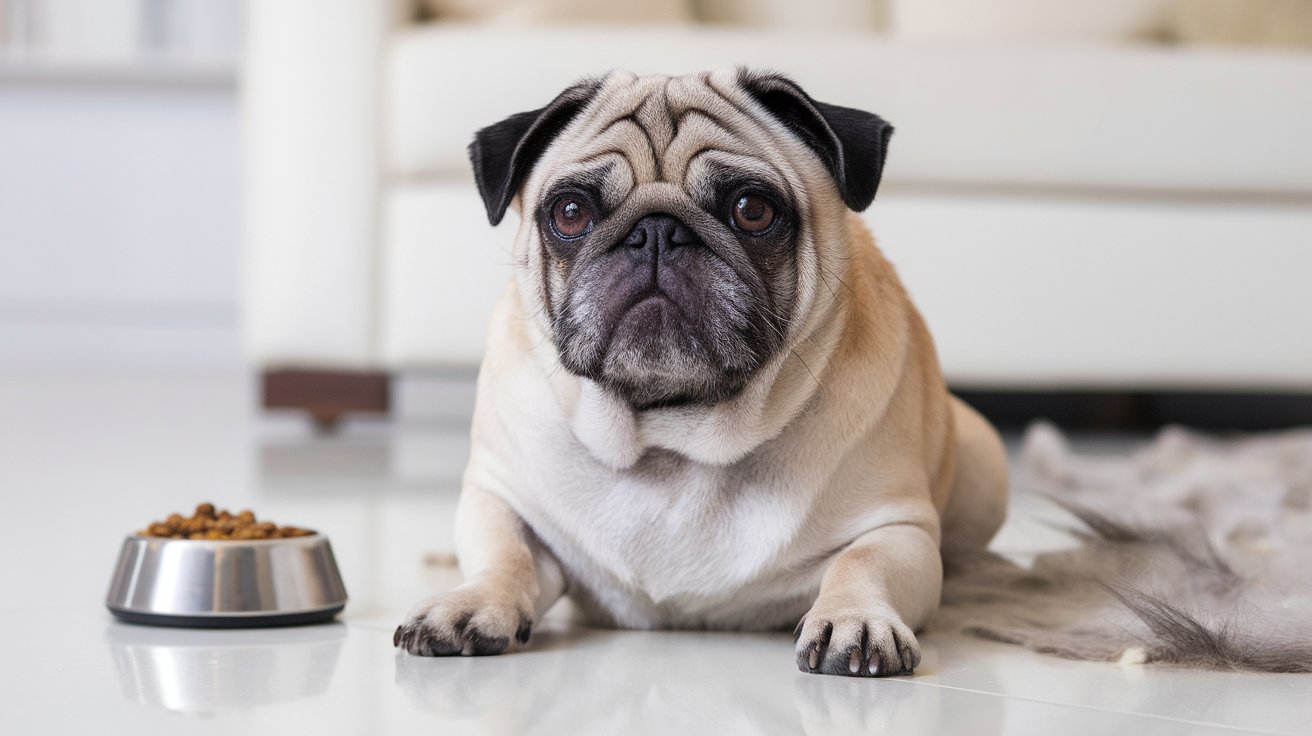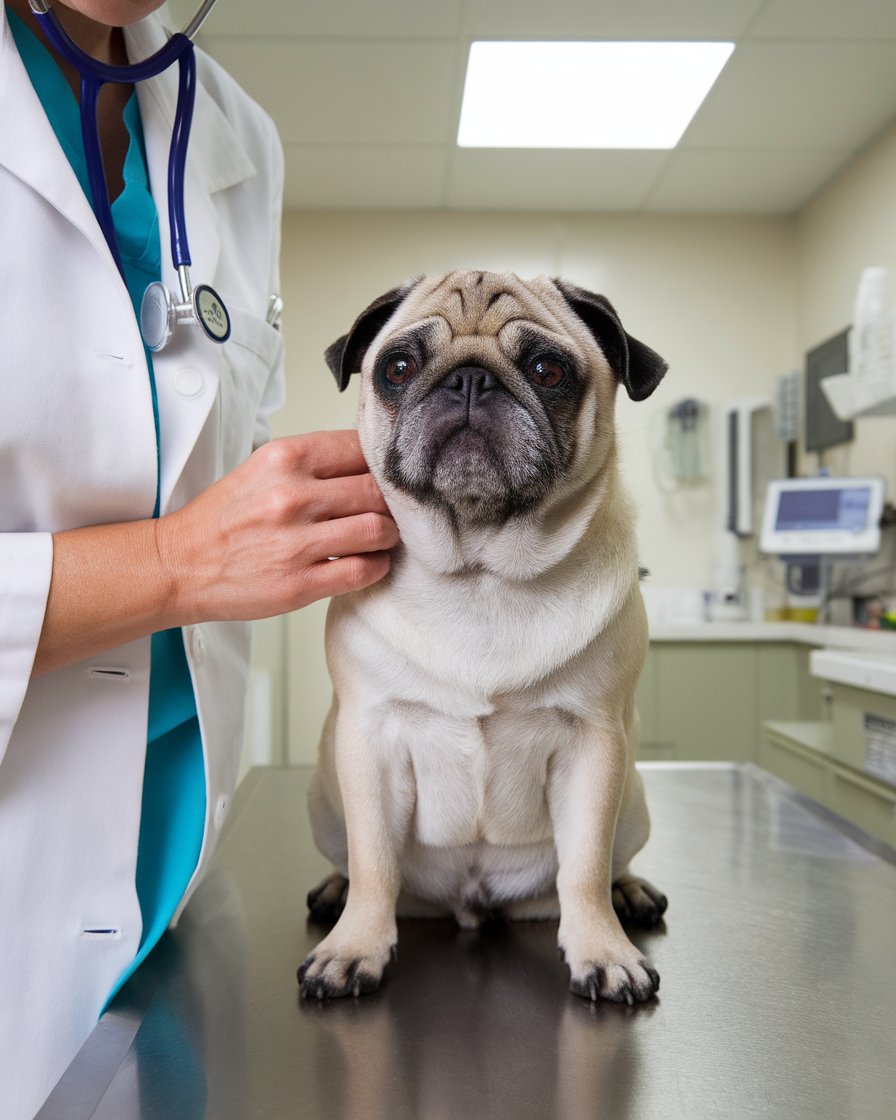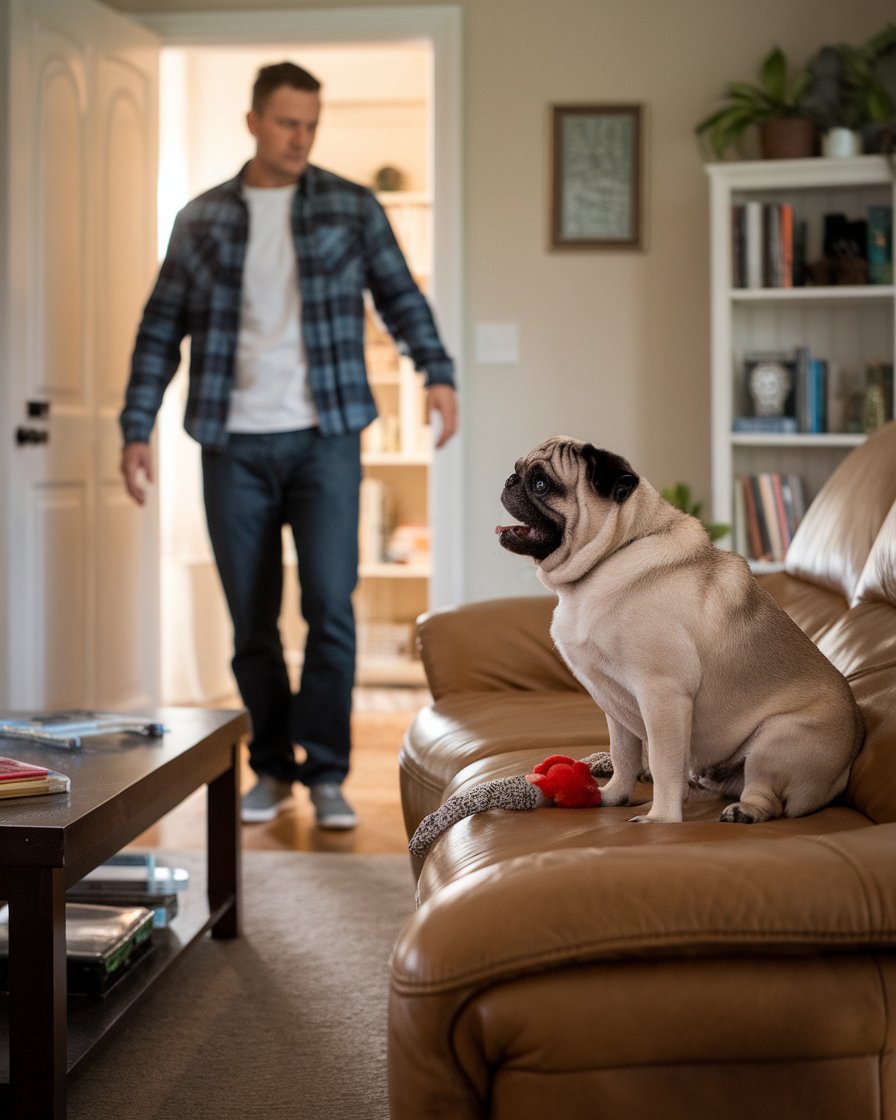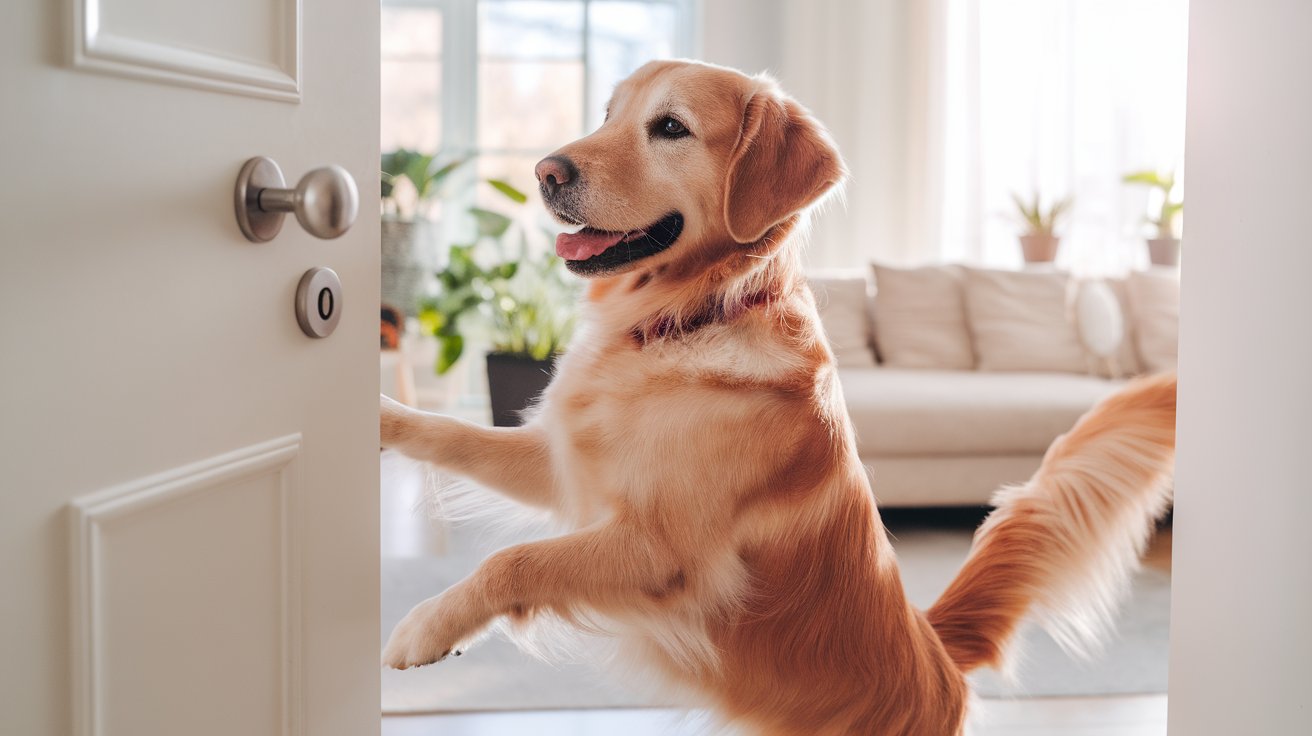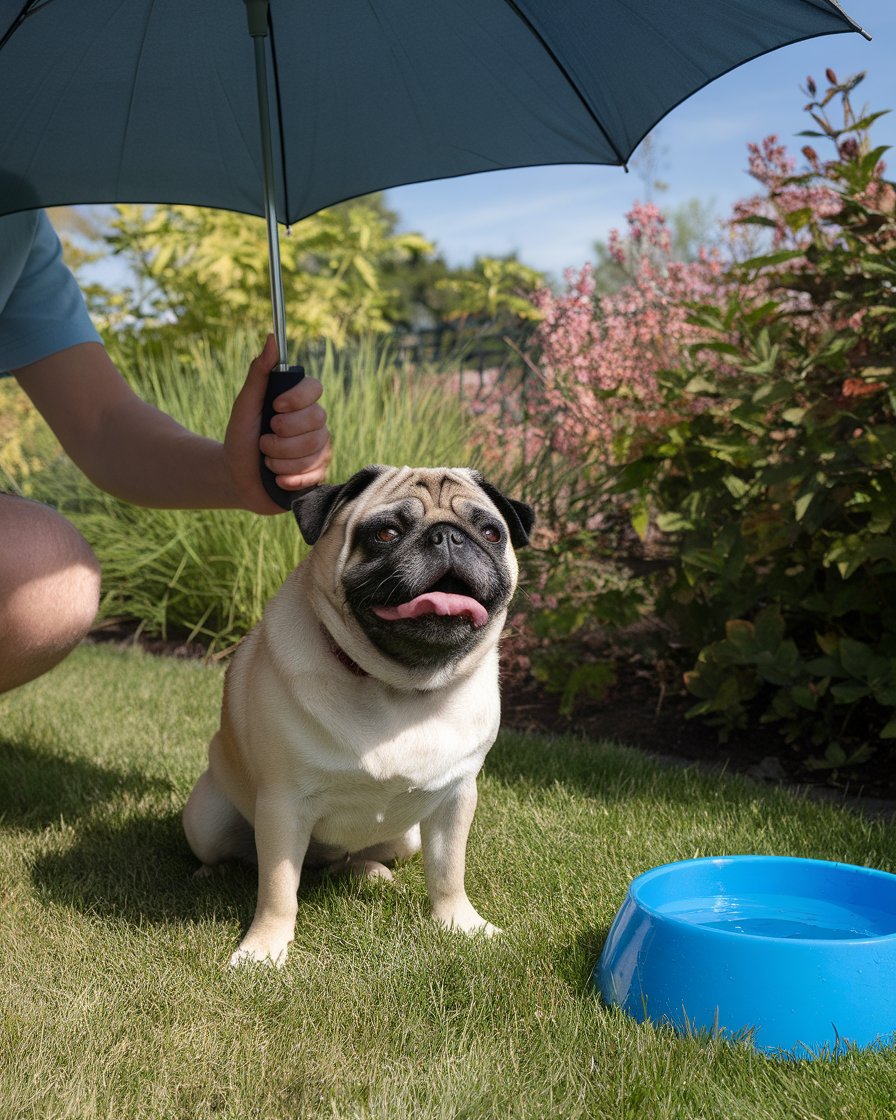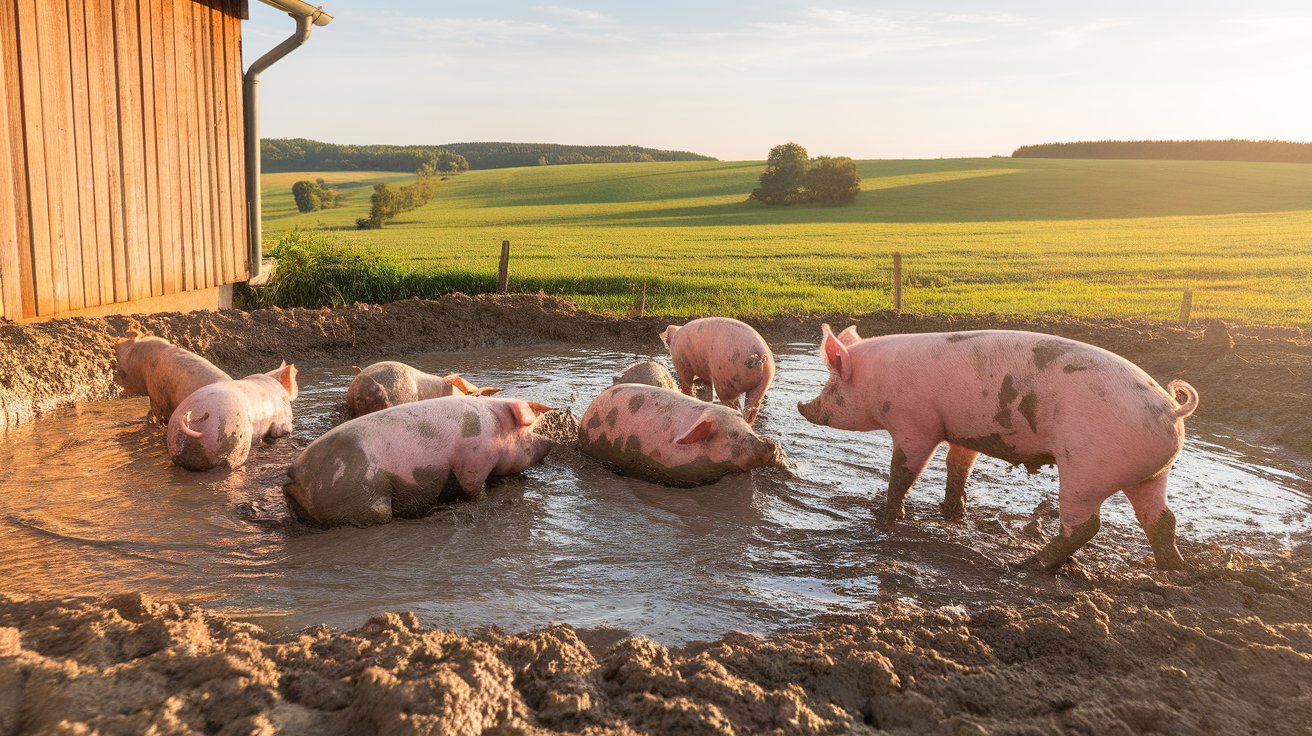Introduction
Pugs are one of the most unique dog breeds, adored for their wrinkled faces and charming personalities. However, owning a Pug comes with a set of challenges, particularly when it comes to their health and care needs. Due to their brachycephalic nature, Pugs are prone to respiratory issues, making it difficult for them to breathe, especially in warmer weather. This breed of dog is also susceptible to spinal and other health problems. While some people may find Pugs hard to train due to their stubborn nature, with consistent care and positive reinforcement, they can thrive as affectionate companions.
Despite their playful personalities, Pugs tend to shed a lot and require regular grooming to prevent skin infections, especially in their wrinkles. They are also prone to overheating, which can lead to heat stroke. For dog lovers considering adding a Pug to their family, it’s essential to understand the breed’s unique care requirements, as Pugs are susceptible to various health issues that demand regular attention.
Key Takeaways
- Pugs are prone to respiratory issues due to their brachycephalic structure, making breathing difficult, especially in warmer weather.
- Regular grooming is essential for Pugs as they shed a lot and are susceptible to skin infections in their wrinkles.
- Pugs can easily overheat, so it’s crucial to avoid outdoor activities during hot weather to prevent heat stroke.
- Training Pugs requires patience, as they can be stubborn, but positive reinforcement techniques are highly effective.
- Pugs are companion dogs that crave attention and may develop separation anxiety if left alone for extended periods.
- Regular veterinary check-ups and weight management are necessary to prevent common health issues, such as obesity and eye problems.
Health Concerns in Pugs
Pugs are beloved for their wrinkly faces and affectionate nature, but they also come with a range of health concerns that potential owners should be aware of. One of the most common issues is that pugs are brachycephalic, which leads to breathing problems. In fact, pugs can’t breathe properly during exertion or in hot weather, and they are also known to pug fart, which can be quite frequent. Additionally, pugs get a lot of attention for their prominent eyes and short coats, which means they also shed more than expected, requiring regular grooming. Another concern is their tendency to become overweight, as pugs are generally prone to many health problems like obesity and eye conditions that can seriously affect their quality of life. While they are affectionate, pugs can be difficult to train due to their stubborn nature. Understanding these challenges is essential to ensure a happy, healthy pug.
5 Reasons Why Pugs Are the Worst Dog Breed
1. Breathing Problems Due to Brachycephalic Structure
Pugs’ flat-faced, brachycephalic structure is adorable but contributes significantly to their breathing problems. Their short snouts restrict airflow, making it difficult for them to breathe, especially during physical activity or in warmer weather. This issue can escalate into more serious conditions like Brachycephalic Obstructive Airway Syndrome (BOAS), which may even require surgical intervention. Owners must constantly monitor their Pug’s respiratory health, making this breed challenging for those not prepared to handle these health concerns.
2. Prone to Obesity and Related Health Problems
Pugs are notorious for their tendency to gain weight quickly. Their low energy levels, combined with an intense love for food, make them particularly prone to obesity. If not managed properly, obesity can lead to further complications such as joint problems, heart disease, and diabetes. Keeping a Pug on a strict, balanced diet while ensuring they receive appropriate exercise is essential, but this level of care may be more demanding for some dog owners.
3. Frequent Eye Problems and Injuries
With their large, protruding eyes, Pugs are highly susceptible to eye conditions like corneal ulcers and injuries. The shallow eye sockets in this breed make their eyes more vulnerable to damage during play or outdoor activities. Pugs also suffer from dry eye and inflammation, which can lead to discomfort and, in severe cases, blindness if not treated. Regular veterinary check-ups and constant monitoring of eye health are necessary, adding an extra layer of responsibility for owners.
4. High Maintenance Grooming Needs
Pugs shed a lot despite their short coats, making them high-maintenance when it comes to grooming. Their wrinkly faces, while a hallmark of their cuteness, can harbor dirt and bacteria, leading to skin infections if not cleaned regularly. Owners need to commit to frequent grooming sessions and ensure their Pug’s wrinkles are kept clean to avoid health issues. This extensive grooming routine may not be ideal for those looking for a low-maintenance breed.
5. Behavioral Challenges and Stubbornness
Training a Pug can be a frustrating experience due to their stubborn and independent nature. While they are intelligent, Pugs tend to resist commands, making obedience training more difficult. Additionally, their affectionate nature can lead to separation anxiety when left alone, causing behavioral problems like excessive barking or destructive tendencies. Potential owners should be prepared for the challenges of training and managing the behavioral quirks of a Pug.
Brachycephalic Obstructive Airway Syndrome
Brachycephalic Obstructive Airway Syndrome (BOAS) is one of the most significant health problems pugs face due to their short snouts. Their unique facial structure can cause breathing difficulties, especially during exercise or in hot weather. Pugs often snort, snore, and wheeze, and some may require surgery to correct the issue. Owners must be cautious during outdoor activities, as pugs can easily become overheated, leading to heat stroke. Regular exercise is crucial for their well-being, but it must be done carefully to avoid exertion that could worsen their breathing difficulties.
Eye Problems in Pugs
Pugs are known for their prominent, expressive eyes, but these features also make them susceptible to various eye conditions. Eye problems, such as corneal ulcers and eye prolapse, are common due to their shallow eye sockets. Pugs may also suffer from dry eye or inflammation, which can lead to discomfort or blindness if not treated promptly. Regular vet visits and careful monitoring are vital to prevent these issues from escalating. Given their susceptibility, it’s important for owners to ensure their pugs avoid injury, especially during playtime or outdoor activities.
Behavioral Issues in Pugs
Pugs, while known for their affectionate and playful personalities, can present unique behavioral challenges. As a companion dog breed, they thrive on human interaction but may develop issues such as separation anxiety when left alone for long periods. Additionally, their small stature can lead to what’s commonly referred to as “small dog syndrome,” where they may overcompensate for their size through assertive or aggressive behavior. Understanding these tendencies is essential for any dog owner considering a Pug. Proper training and socialization are key to ensuring that Pugs live as well-adjusted pets. Due to their sensitive nature, they also respond well to positive reinforcement techniques, which can help mitigate undesirable behaviors.
Case Study: Behavioral Issues in Pugs and Effective Training Solutions
A 2018 study conducted by the University of Bristol’s Animal Welfare Department focused on the behavioral tendencies of small dog breeds, including Pugs, particularly their inclination toward “small dog syndrome.” The research showed that Pugs, due to their size and affectionate nature, are more likely to develop behavioral issues such as territorial aggression and possessiveness. These behaviors often manifest through excessive barking and fear-based aggression, especially when Pugs feel insecure or threatened.
The study emphasized that early socialization and consistent training with positive reinforcement techniques, such as reward-based methods, significantly reduced aggressive tendencies in Pugs. Owners who implemented structured training and set clear boundaries saw a noticeable decrease in their Pug’s territorial behavior. This case highlights the importance of early intervention in managing behavioral challenges in Pugs, supporting the need for proper care and training to ensure they remain well-behaved and loyal companions.
Small Dog Syndrome in Pugs
Small dog syndrome occurs when smaller dog breeds, like Pugs, try to overcompensate for their small size by displaying dominant or aggressive behavior. Pugs may become territorial, barking excessively or acting out around other animals and people if not properly trained. This behavior often stems from fear or anxiety, especially when they feel insecure in their surroundings. Dog owners must address this through early socialization and setting clear boundaries to prevent further reinforcement of these behaviors. Positive reinforcement techniques are effective for correcting these tendencies, helping the Pug feel more secure and less prone to overreacting during everyday interactions.
Possessiveness and Aggression
Pugs are known for their affectionate and loyal nature, but they can also become possessive over their belongings or space, leading to aggression. They may growl or snap at anyone, even children, who come too close to their food, toys, or resting areas. This type of territorial behavior is often linked to their instinct as companion dogs. It’s crucial to address this early by promoting positive social interactions with other pets and people. Establishing clear rules and maintaining consistent training will help reduce a Pug’s tendency to become overly protective and ensure they remain a friendly, well-behaved companion.
Pug’s Unique Care Needs
Pugs are undeniably one of the most lovable dog breeds, known for their wrinkled faces and playful personalities. However, their unique physical characteristics come with specific care needs. Due to their brachycephalic (flat-faced) structure, Pugs are more susceptible to a range of health issues. This includes breathing difficulties, skin infections in their wrinkles, and a higher risk of obesity due to their lower energy levels. Grooming is also essential, as Pugs tend to shed quite a bit despite their short coats. Owning a Pug requires commitment to their health, regular check-ups with a veterinarian, and a well-balanced diet. Understanding their care needs is crucial for potential dog owners who want to provide a healthy and happy life for their furry companions.
Overheating Risks in Pugs
Pugs’ flat faces may be adorable, but they also make them highly prone to overheating, especially in hot weather. This is because their short snouts restrict airflow, making it harder for them to regulate their body temperature. Owners need to be vigilant during warmer months, ensuring their Pugs have access to plenty of water and shade. Avoiding outdoor activities during the heat of the day is crucial to preventing heat stroke, which Pugs are particularly vulnerable to. Due to their limited ability to cool themselves down, keeping exercise short and indoors when it’s hot outside is essential for their well-being.
Exercise and Training Challenges
Training Pugs can be a bit of a challenge, as they are known for their stubbornness and independent streak. While they are intelligent dogs, their stubborn nature means they might not always be eager to obey commands. This can make obedience training more difficult, requiring consistency and patience from dog owners. Positive reinforcement techniques, like treats and praise, work best for encouraging good behavior. Regular exercise is also important, but Pugs don’t require vigorous exercise like some other breeds. Short walks and play sessions will help keep them healthy without causing exhaustion or overheating, which they are prone to due to their breathing difficulties.
“Small dogs have a big attitude, and sometimes it’s their size that makes them feel they have to prove themselves.” – Cesar Millan
Considerations Before Getting a Pug
Before bringing a Pug into your life, it’s essential to consider the breed’s unique needs and challenges. While their wrinkled faces and playful personalities make them irresistible, Pugs are prone to certain health problems, such as breathing difficulties due to their brachycephalic structure. Additionally, they tend to shed a lot and are at risk for obesity if not properly managed. Potential owners should also prepare for Pugs’ stubborn nature, which can make training more challenging. Pugs are companion dogs, meaning they crave human interaction and may develop separation anxiety if left alone for long periods. Taking these considerations seriously ensures that both you and your Pug will have a positive and rewarding relationship.
Commitment to Pug’s Health and Wellness
Owning a Pug comes with a commitment to maintaining their health and wellness. Due to their unique physical traits, Pugs are more susceptible to breathing problems and other health conditions like skin infections in their wrinkles. Regular check-ups with a veterinarian are essential to catch any potential issues early on. Pug owners should also monitor their dog’s weight closely since the breed is prone to obesity, which can worsen existing health problems. A proper diet and moderate exercise routine are crucial for keeping your Pug healthy and happy. Additionally, it’s important to be mindful of the weather, as Pugs can easily overheat, especially during the summer months.
Consistency in Training and Care
Training a Pug can require extra patience, as they are known to be a bit stubborn. Despite this, they respond well to positive reinforcement techniques like treats and praise, which can help make the process smoother. Consistency is key when it comes to both training and daily care. Establishing a regular routine for feeding, exercise, and grooming will help your Pug thrive. Pugs do not require vigorous exercise, but short, frequent walks and playtime are necessary to prevent boredom and obesity. By providing consistent care and attention, owners can raise a well-behaved, well-adjusted Pug that is a joy to live with.
Conclusion
In conclusion, while Pugs are one of the most charming and beloved dog breeds, they do come with specific challenges that potential owners must be aware of. From respiratory issues due to their brachycephalic structure to being prone to obesity and other health concerns, Pugs require careful attention to ensure their well-being. Regular grooming is a must, as they shed a lot, and their wrinkled faces need extra care to prevent infections. Additionally, training Pugs can be difficult due to their stubborn nature, but with patience and positive reinforcement, they can become well-behaved companions.
Living with a Pug also means being mindful of their tendency to overheat, particularly during the warmer months. Outdoor activities should be adjusted to prevent heat stroke. Despite these challenges, Pugs remain affectionate and loyal pets, adored for their playful personalities and expressive eyes. For dog lovers ready to deal with their unique care needs, Pugs can truly be a rewarding addition to the family.

